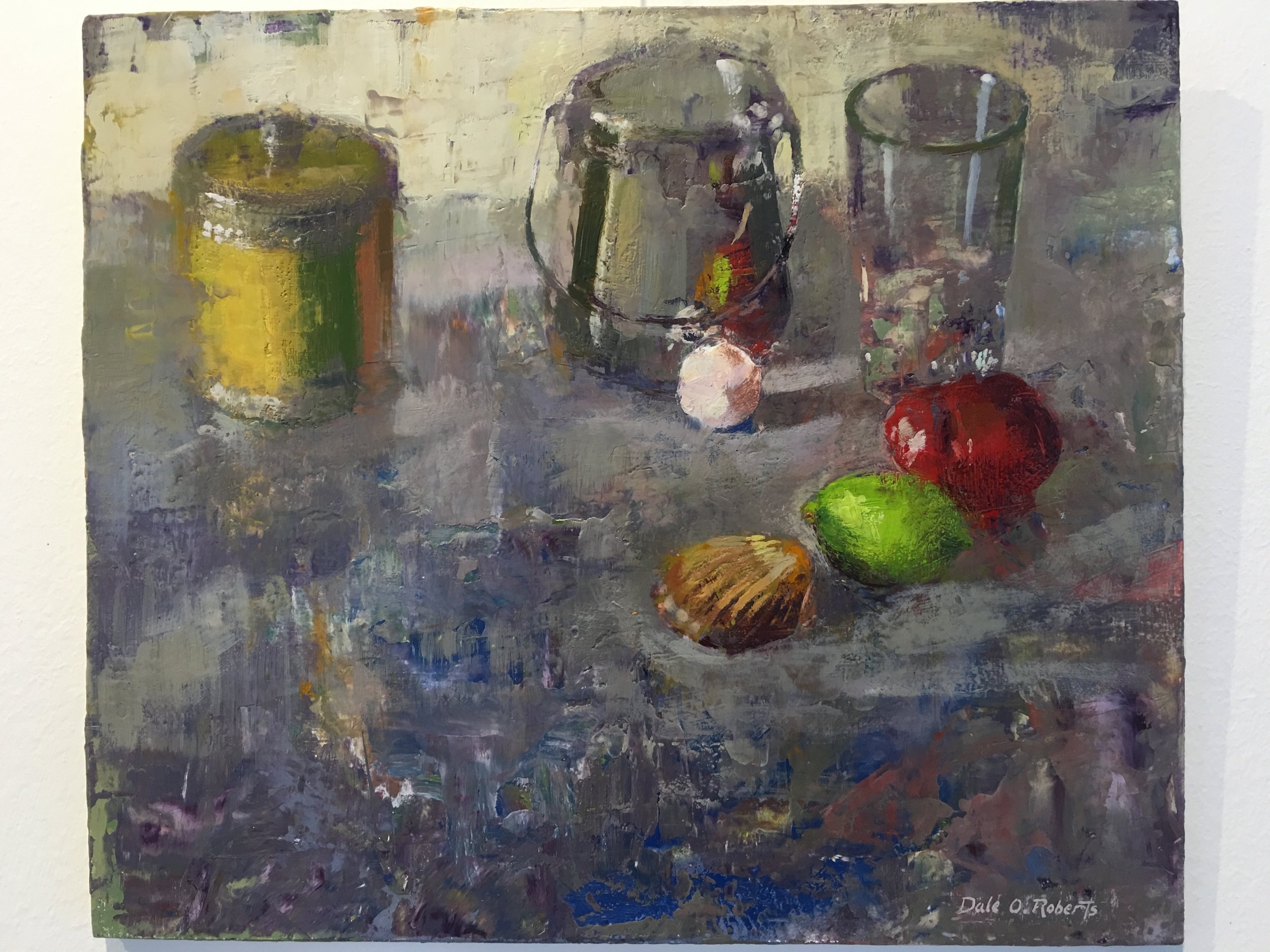
What is Encaustic Painting?
en•caustic
Greek: “to burn in”
Encaustic painting, the ancient hot wax process, combines molten beeswax and dry colored pigments. The work is done on a glue prepared gesso panel, using paints consisting of beeswax, dammar crystals, and dry pigments. Paint is applied hot, and manipulated in any variety of methods. The final image is subjected to a heat treatment of the entire surface, known as “burning-in.” The burning-in process makes encaustic unique from simply adding a waxy ingredient to oil paint. The paint film is a microcrystal in structure that never dries so it cannot darken, yellow, crack or fade. Finished works are among the most permanent of all ancient painting media. Examples over 3,500 years old can be seen in museums throughout the world. Remarkably, they look as though they were painted yesterday, without a crack or diminution of color and vibrancy. Throughout art history, the encaustic method has been investigated and revived most notably in the work of Diego Riviera, Carl Zerbe and most recently Jasper Johns.
During the past thirty-five plus years, I have experimented with various paint formulations and methods of application. The thermoplastic nature of the paint and translucence of the medium are two of the rare, intrinsic qualities which I find fascinating. Given the variables of pigment composition, they will often exhibit spontaneous effects, unattainable with any other medium. The paint has a very physical quality, capable of an exciting range of applications. The practice of encaustic has become an extension of my own vision, to the point where technique and aesthetic have fused like the paintings themselves.
The materials and method of true encaustic require studio preparation, making studies, notes and drawing a necessity. The remote nature of the process, subject to its own challenges, allows for internal changes and reactions to the observable world. Finished artwork needs no special care, but can be polished periodically to remove dust and bring up a luster.
The encaustic paintings, drawings and works in other media reproduced in my website are evidence of a continual dialogue with the visible world around us. Each piece represents a unique reaction to a particular place, object, light, condition or season.
In the din of clamor for our attention and hurried culture, the visual epithets cast before our eyes, the whisper of a beautiful moment becomes a quiet shock to our system. To give a viewer that kind of experience is the aim of my work.
“Shelf Life #4”, encaustic, 48 x 40”, 2019.

